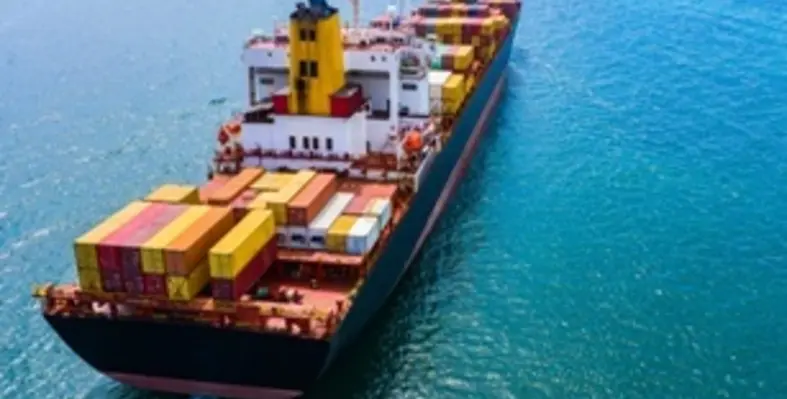More than 90% of the world trade is in the hands of the international maritime shipping industry
Every year, it moves more than US$4tn of goods. For shipping companies, there is a lot of pressure to remain on schedule, protect the cargo ship and crew, and ensure profitability.
This interactive map of the world?s main shipping routes provides a glimpse of the industry?s complexity, where 90,000 vessels cross paths as they transport goods from one continent to another.
It is clear from this map, that the maritime industry involves an intricate system of transportation. But ports and vessels are also subject to the forces of nature, which have become harder to predict; leading shipping companies to adapt to changing situations and act promptly.
We believe that with real-time big data analytics, however, the maritime industry can better navigate these unexpected challenges.
What is real-time big data?
Big data is a field that extracts and analyses data from data sets, that are too large or complex to be dealt with, by traditional data-processing application software. Real-time capabilities mean that those insights are delivered immediately after collection.
How does real-time big data help the maritime industry?
Maritime companies generate data from different sources and in several formats. Traditionally, these insights are fixed, siloed, and inconsistent. Acting upon this information is time-consuming and a major pain point for shipping companies.
With big data tools, this inflow of data is collated and organised in a cloud-based system. It then analyses and spits out the relevant data in real-time, which promotes better decision making.
Efficient maritime operations and logistics
Overall operations and logistics become much more efficient with real-time data. Companies can obtain information through GPS and RFID tags to help locate containers and ships immediately. Data technology also helps synchronise communication to manage ship arrivals, berthings, and departures safely and efficiently. And in case of an emergency, non-availability of the labour, or terminal allocations, real-time data helps ships plan their routes and speeds accordingly.
Due to climate change, this ability to pivot has never been so relevant. Although the interactive map above demonstrates that the global maritime industry is a well-oiled machine, the ocean?s weather?currents, waves, and wind?are more unpredictable than ever. Real-time data streamlines decision making and supports ad hoc navigation to ensure companies maximise returns.
Fuel-efficient routing
By having access to real-time sea state observations?currents, waves, and swell?vessel operators can re-route according to current ocean and weather conditions while optimising fuel efficiency. Inefficient weather routing oftentimes leads to the increased time spent at sea, which not only disrupts and delays the supply chain but can also increase fuel burn and CO2 emissions.
In addition to increasing voyage earnings, fuel-efficient routing also reduces greenhouse gas (GHG) emissions, supporting the latest GHG reduction strategy developed in 2018 by the International Maritime Organisation. The initial strategy envisages that the total annual GHG emissions from international shipping should be reduced by at least 50% by 2050, compared to 2008. As documented in this report, the IMO calculated that vessels released 1.12 billion metric tonnes of carbon dioxide the year before, in 2007. So we can guess that emissions need to be reduced by 560 million metric tonnes, which is equivalent to the emissions from 102 million cars.
Is real-time big data safe from cyber threats?
The convergence of information technology (IT) and operational technology (OT) onboard ships?and their connection to the internet?creates an increased attack surface that requires greater cyber risk management.
On the IT side, the chances of cyberattacks can be mitigated through proper implementation of encryption techniques like blockchain technology. From an operational standpoint, IMO maintains that effective cyber risk management should start at the senior management level?embedding a culture of cyber risk awareness into all levels, and departments of an organisation. BIMCO?s Guidelines on Cybersecurity Onboard Ships offers more insight on this.
Is it possible that the maritime industry can become bigger and better? More lucrative, while emitting less GHG emissions?
By implementing real-time insights in daily operations, shipping companies are well-positioned to navigate anything that comes their way. And the way this year has gone, it certainly doesn?t hurt to have an edge on the unexpected.
Sofar Ocean?s weather network dashboard offers real-time open-ocean marine weather observation data from over 500 weather sensors worldwide.
This articleis originally posted on Sofar Ocean





